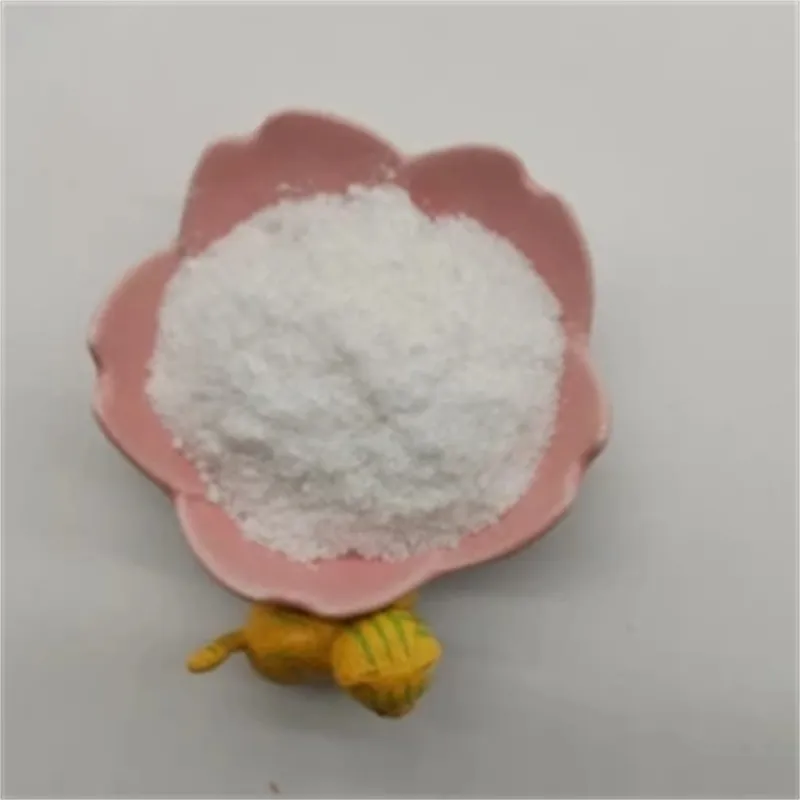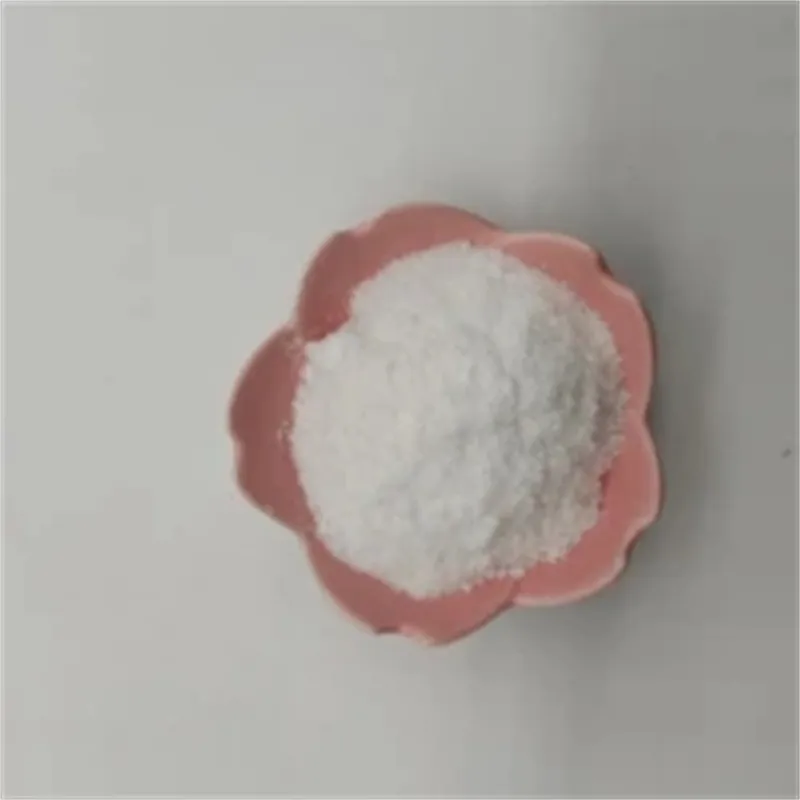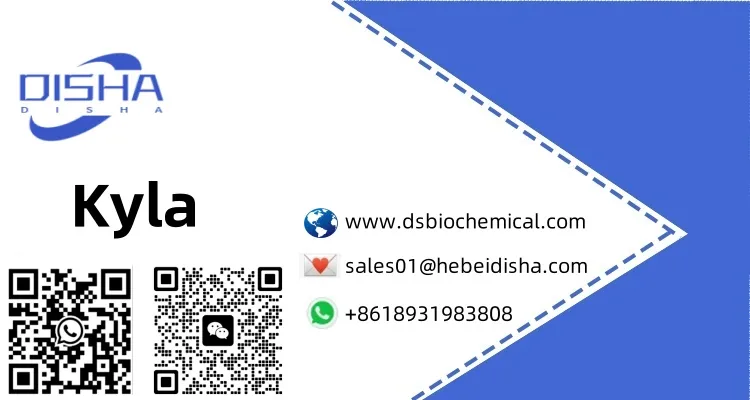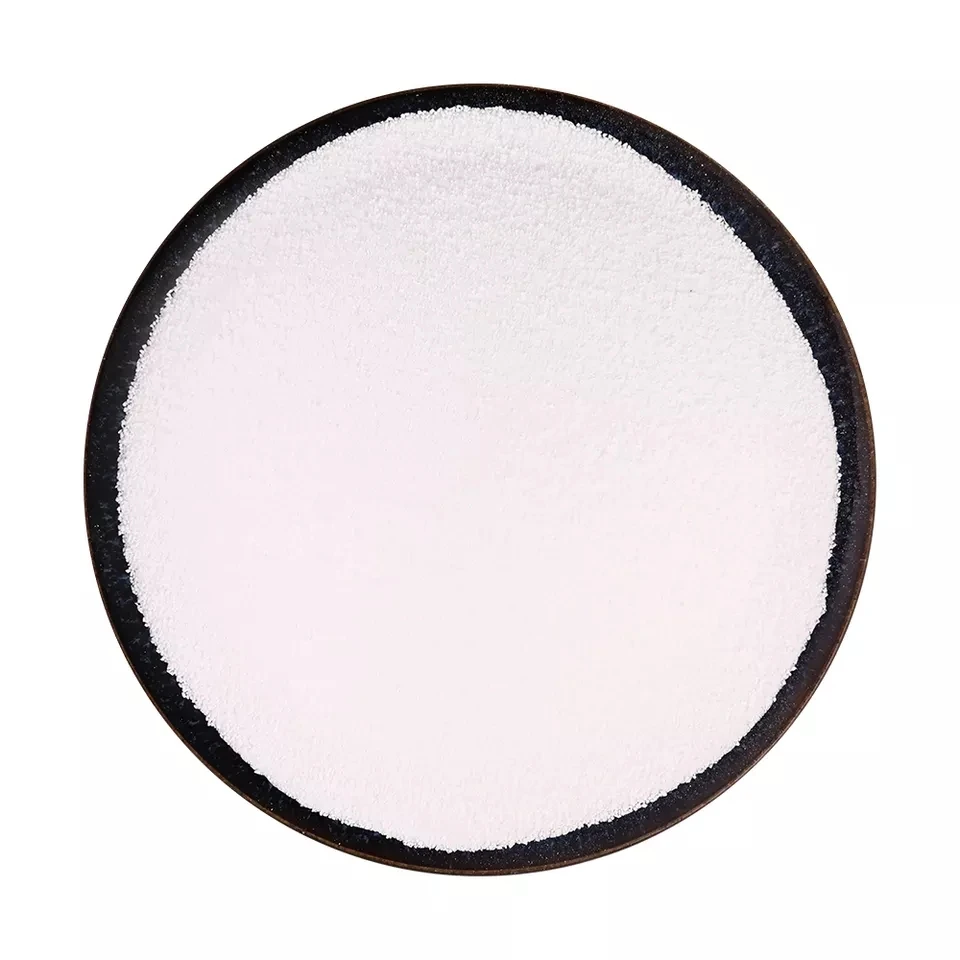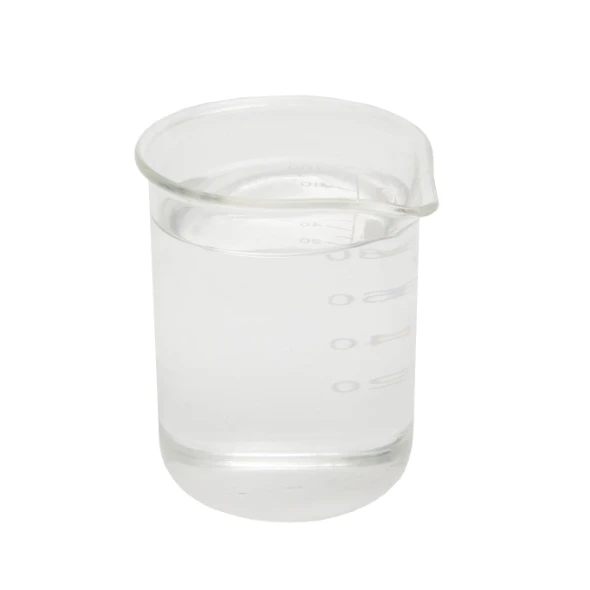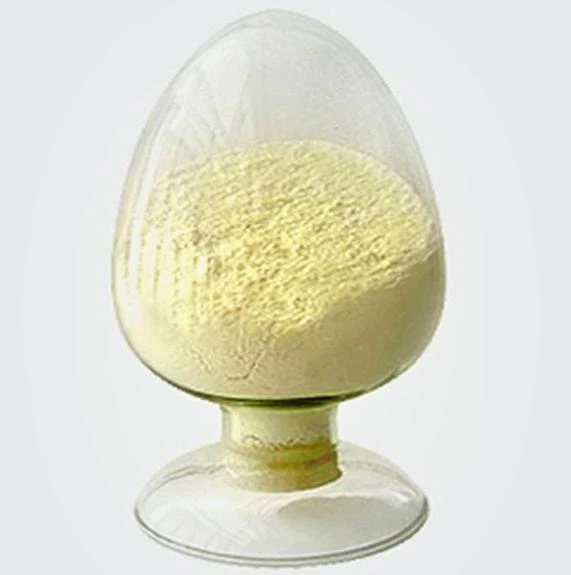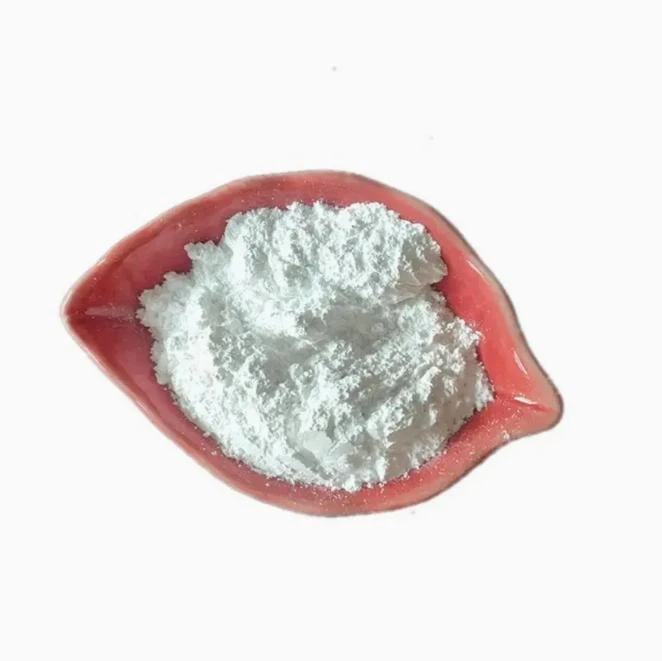Warning: Undefined array key "file" in /home/www/wwwroot/HTML/www.exportstart.com/wp-content/themes/1198/header.php on line 7
Warning: Undefined array key "title" in /home/www/wwwroot/HTML/www.exportstart.com/wp-content/themes/1198/header.php on line 7
Warning: Undefined array key "title" in /home/www/wwwroot/HTML/www.exportstart.com/wp-content/themes/1198/header.php on line 7
- Awherika
- Albanian
- Amharic
- Arapi
- Arameni
- Azerbaijani
- Basque
- Belarusian
- Bengali
- Bosniana
- Bulgarian
- Katarana
- Cebuano
- Haina
- Haina (Taiwan)
- Korihika
- Koroatiana
- Czech
- Teniana
- Tatimana
- Ingarihi
- Esperanto
- Estonian
- Finnish
- Wīwī
- Frisian
- Kariri
- Georgian
- Tiamana
- Kariki
- Gujarati
- Haiti Creole
- hausa
- hawaii
- Hiperu
- Kao
- Miao
- Hungarian
- Tiorangi
- igbo
- Initonia
- Irish
- Itari
- Hapanihi
- Hawaana
- Kannada
- Kazakh
- Khmer
- Rwandan
- Koreana
- Kurdish
- Kyrgyz
- TB
- Latina
- Latvian
- Lithuanian
- Luxembourgish
- Makeronia
- Malgashi
- Malay
- Malayalam
- Marite
- Maori
- Mareti
- Mongolian
- Myanmar
- Nepali
- Norewai
- Norewai
- Occitan
- Pashto
- Pahia
- Porohia
- Potiti
- Punjabi
- Romanian
- Ruhia
- Hamoa
- Scottish Gaelic
- Serbian
- Ingarihi
- Shona
- Sindhi
- Sinhala
- Slovak
- Slovenian
- Somali
- Paniora
- Hatana
- Swahili
- Huitene
- Tagalog
- Tajik
- Tamil
- Tatara
- Telugu
- Thai
- Turkish
- Turkmen
- Iukereiniana
- Urdu
- Uighur
- Uzbek
- Vietnamese
- Welsh
- Awhina
- Yiddish
- Yoruba
- Zulu
Betaine
Betaine is an alkaloid, chemical name N,N, n-trimethylglycine, chemical structure and amino acid similar, quaternary ammonium base substance, molecular formula C5H11NO2.
Betaine is widely found in plants and animals. In plants, wolfberry, legumes contain betaine. The molasses of beets are the main source of betaine. Among animals, mollusks such as octopus, cuttlefish, and shrimp, as well as vertebrates (including humans) contain betaine in the liver, spleen, and amniotic fluid.



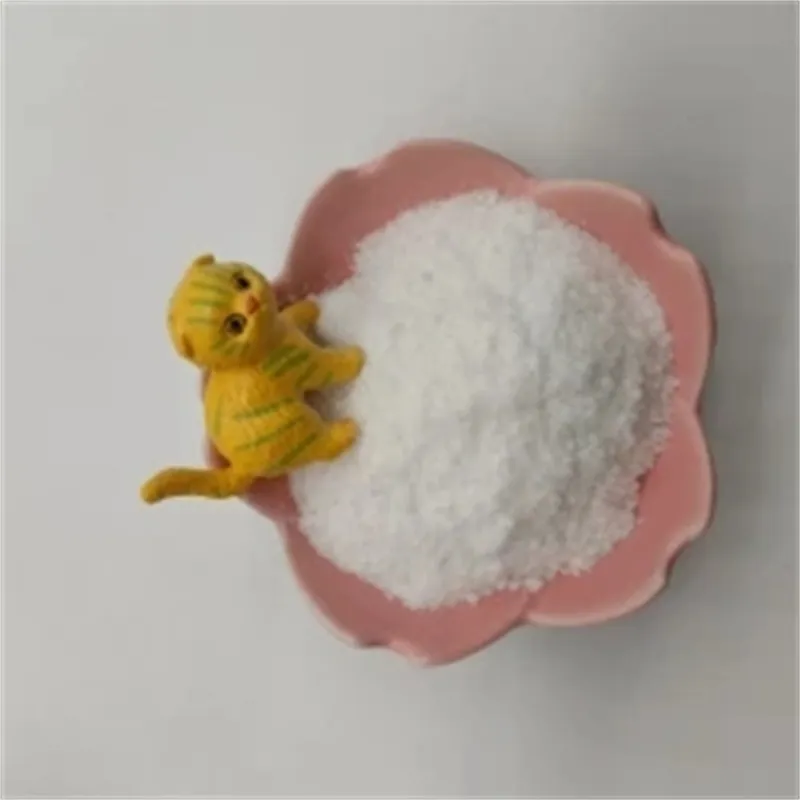
Appearance: White crystalline powder, odorless, sweet.
Solubility: soluble in water, methanol, ethanol, slightly soluble in ether.
【 Use 1 】
Used as a feed additive to promote animal growth and improve disease resistance
【 Use 2 】
The addition of betaine to feed has the effect of protecting the vitamins in feed, feed can withstand high temperature, long storage period, can greatly improve the utilization rate of feed, but also reduce the cost. Adding 0.05% betaine to chicken feed can replace 0.1% methionine; The addition of betaine to the bait can induce the feeding of fish and shrimp, and can be widely used as the Penghua agent of aquatic products. Betaine is added to pig feed, pigs love to eat, and the lean meat rate is increased. 1kg of betaine is equivalent to 3.5kg of methionine. The ability of betaine to provide methyl is 1.2 times that of choline chloride, 3.8 times that of methionine, and the feeding effect is very significant.
【 Use 3 】
It is a betaine amphoteric surfactant used as levelling agent for VAT dye dyeing.
【 Use 4 】
Anhydrous betaine (107-43-7) has the function of brightening eyesight, anti-fatty liver, protecting kidney, treating atherosclerosis and other cardiovascular diseases, and is used in health food. In the food industry because of its moderate taste, colorless in food, beverage has a wide range of uses. For weight loss, beauty food. Betaine is used as an additive in daily chemical products. Betaine is also used as a base ingredient in the fermentation process to produce VB, 2. Anhydrous betaine has a protective effect on the stability of VA and VB, and improves the use effect.
He maha nga wheketere kounga teitei me te mahi tahi, ka taea e koe te whakarato i nga hua o te kounga teitei me nga utu whakataetae. Ka taea hoki e matou te tuku utu mo nga hokonga nui.A ka mahi tahi matou me te maha o nga kamupene kawe utanga ngaio, ka taea te tuku hua ma te humarie me te pai ki o ringaringa. Ko te wa tuku mo nga ra 3-20 i muri i te whakapumautanga o te utu.
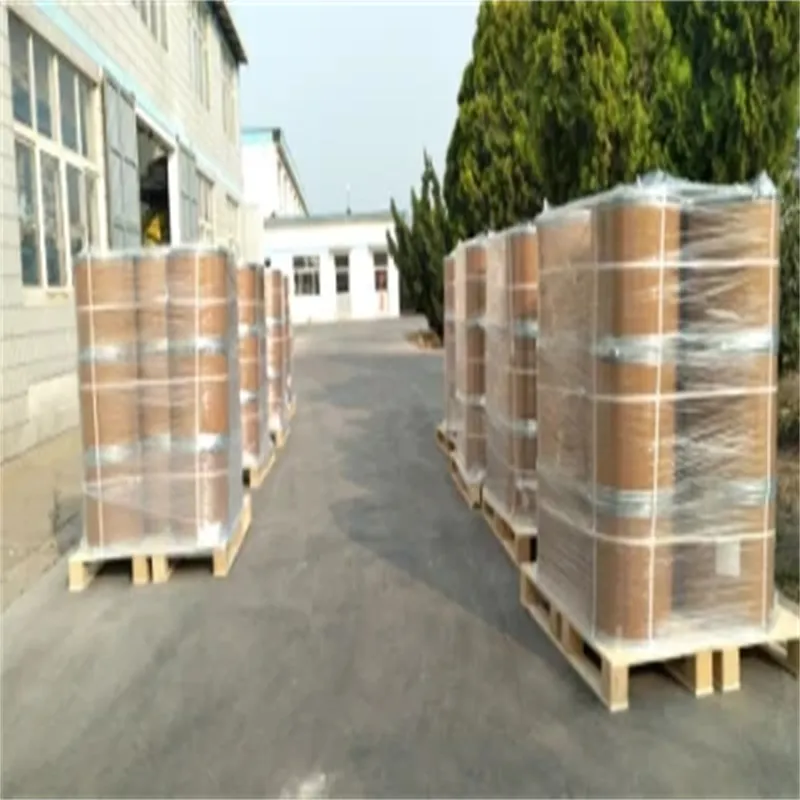



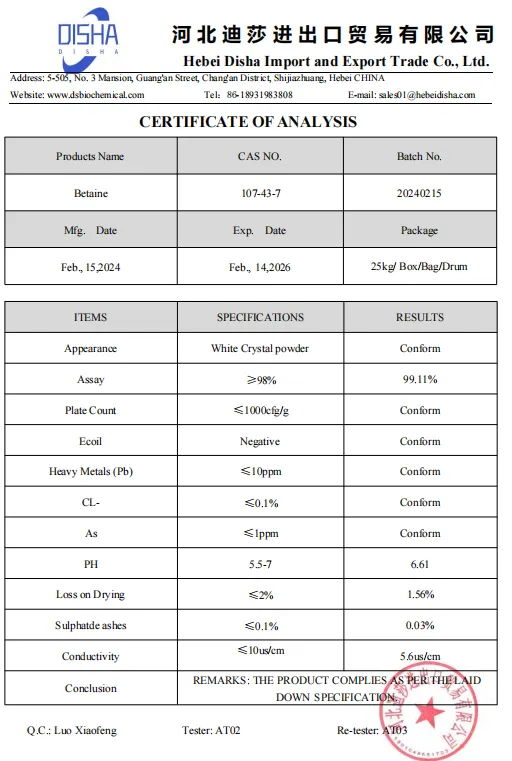
Betaine was first discovered in Europe, since the 19th century, beets like sugar cane was originally used to extract sucrose, it is mainly found in beet sugar molasses, so the name, but its effect until the 1970s gradually recognized. Betaine is an intermediate product of animal metabolism and plays a very important role in the metabolism of nutrients. As a secondary product of metabolism, it is a very important osmoregulatory substance for plants to enhance their stress resistance, such as salt and alkali resistance, drought tolerance are very important. There is an ingredient found in beets that can play a good cleaning role, and does not harm the skin, it is very safe, named betaine, and it is safe and effective for cleaning skin care products in modern times.

1. He wheketere koe, he kamupene hokohoko ranei?
He kamupene matou e whakauru ana i te ahumahi me te hokohoko, e whakarato ana i te ratonga kotahi-mutu. Ka taea e OEM te whakaae.
2. Kei te whakarato koe i nga tauira? He kore utu, he taapiri ranei?
Ko nga tauira kore utu.Ko te utu utauta a te tauira me utu e to taha.
3. Kei a koe etahi tiwhikete e pa ana ki te mana kounga?
ISO 9001: Tiwhikete 2008 hei whakarite i te kounga.
4. He aha te mea me whakarato e au ki te tiki korero?
Pls whakamohio mai ki a matou mo te momo hua e hiahiatia ana e koe, te rahinga ota, te wahitau me nga whakaritenga motuhake.Ka mahia te korero mo to tohutoro i te waa.
5. He aha te ahua o te tikanga utu e pai ana koe? He aha nga momo tikanga e whakaaetia ana?
Nga Tikanga Tukunga Whakaaetia: FOB,CFR,CIF,EXW;
Moni Utu Whakaaetia:USD;
Momo Utu Whakaae: T / T, Western Union; Paypal, Tauhokohoko Tauhokohoko.
Te Reo Korero:Maori.
Nga waahanga hua
-
 May . 13, 20252025 European Fine Chemicals Exhibition in GermanyThe much-anticipated Fine Chemicals Europe 2025 will be held in Germany from June 4 to 5, 2025. The event will bring together industry leaders, innovators and stakeholders in the fine chemicals sector, providing a unique platform for networking, collaboration and showcasing the latest advances in the field.
May . 13, 20252025 European Fine Chemicals Exhibition in GermanyThe much-anticipated Fine Chemicals Europe 2025 will be held in Germany from June 4 to 5, 2025. The event will bring together industry leaders, innovators and stakeholders in the fine chemicals sector, providing a unique platform for networking, collaboration and showcasing the latest advances in the field. -
 May . 07, 20252025 New York Cosmetics Ingredients ExhibitionThe much-anticipated 2025 Cosmetics Ingredients New York will be held at the Javits Center in New York from June 3 to 4, 2025. This event will bring together industry leaders, innovators and enthusiasts from all over the world to discuss the latest trends and advances in the field of cosmetic ingredients.
May . 07, 20252025 New York Cosmetics Ingredients ExhibitionThe much-anticipated 2025 Cosmetics Ingredients New York will be held at the Javits Center in New York from June 3 to 4, 2025. This event will bring together industry leaders, innovators and enthusiasts from all over the world to discuss the latest trends and advances in the field of cosmetic ingredients. -
 Apr . 27, 2025Zibo will host the 2025 International Chemical ExpoZibo, a city known for its thriving chemical industry, will host the 2025 Zibo International Chemical Expo from May 16 to May 18, 2025. This highly anticipated event aims to bring together industry leaders, innovators and stakeholders from around the world to explore the latest advancements and trends in the chemical industry.
Apr . 27, 2025Zibo will host the 2025 International Chemical ExpoZibo, a city known for its thriving chemical industry, will host the 2025 Zibo International Chemical Expo from May 16 to May 18, 2025. This highly anticipated event aims to bring together industry leaders, innovators and stakeholders from around the world to explore the latest advancements and trends in the chemical industry.


